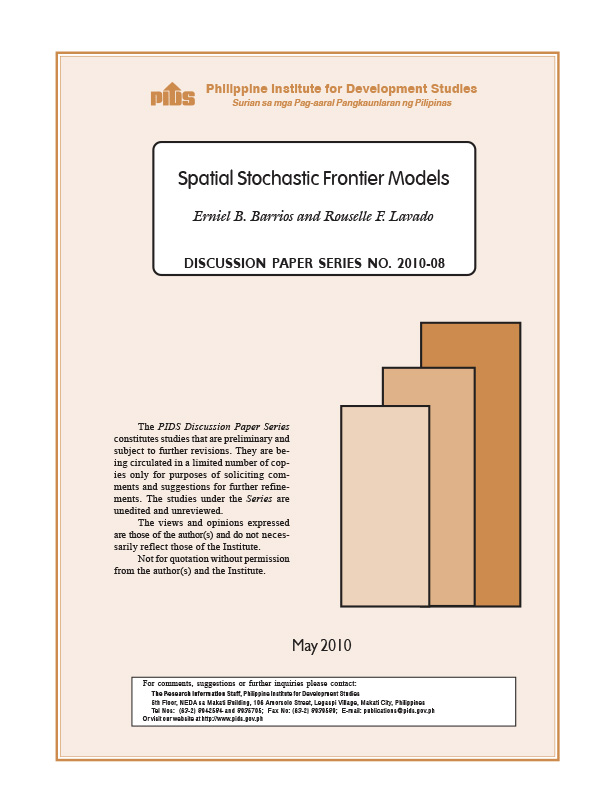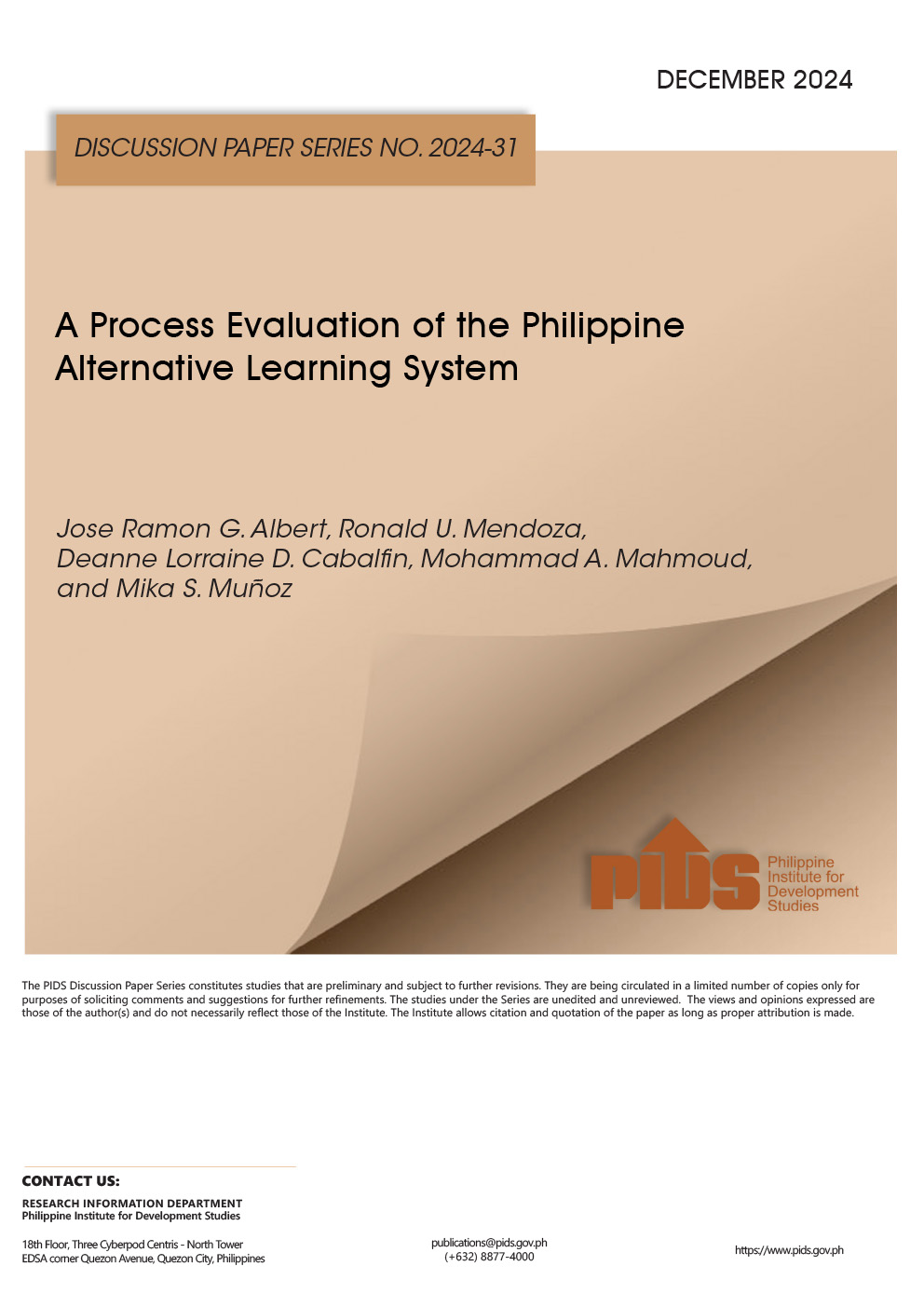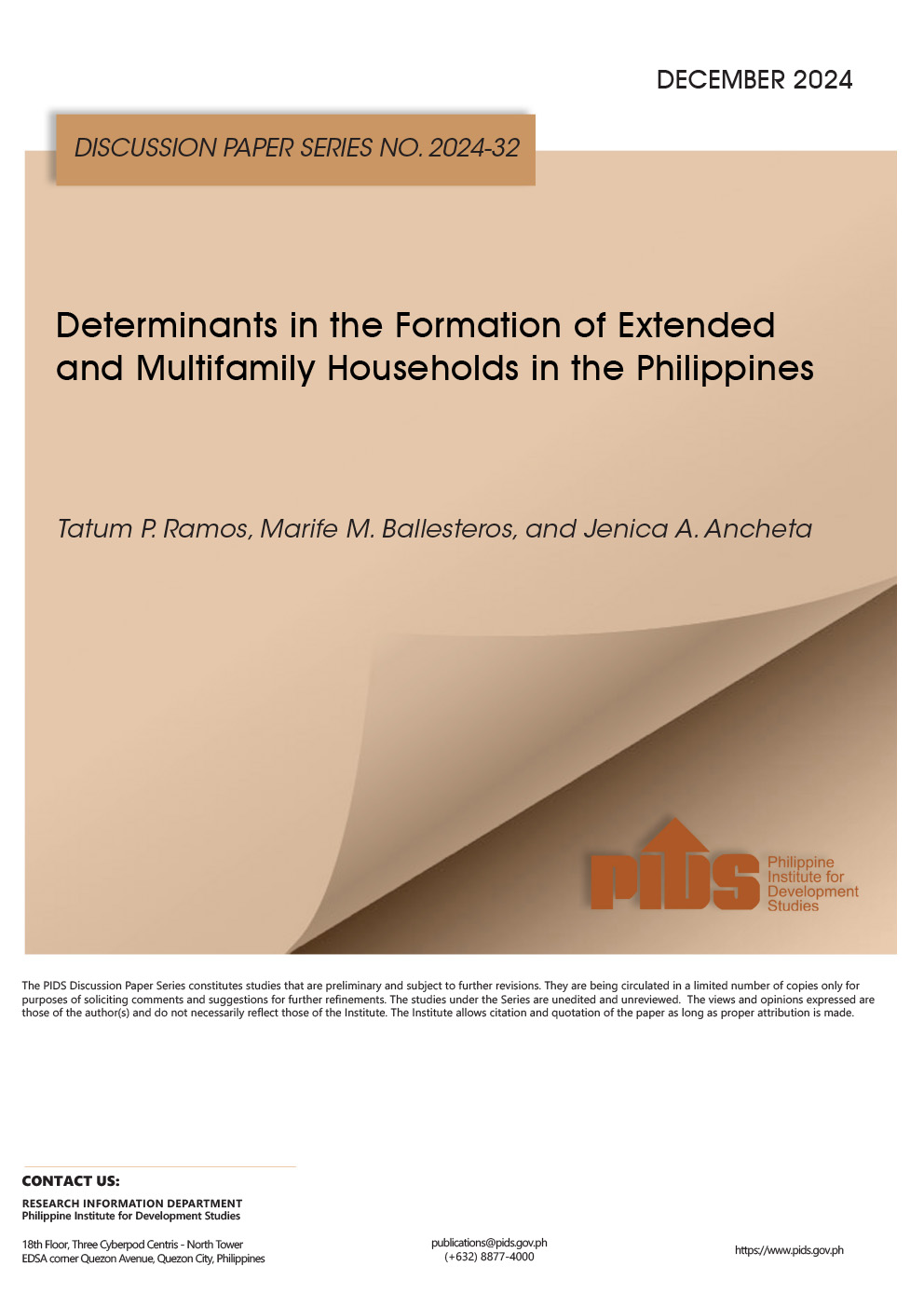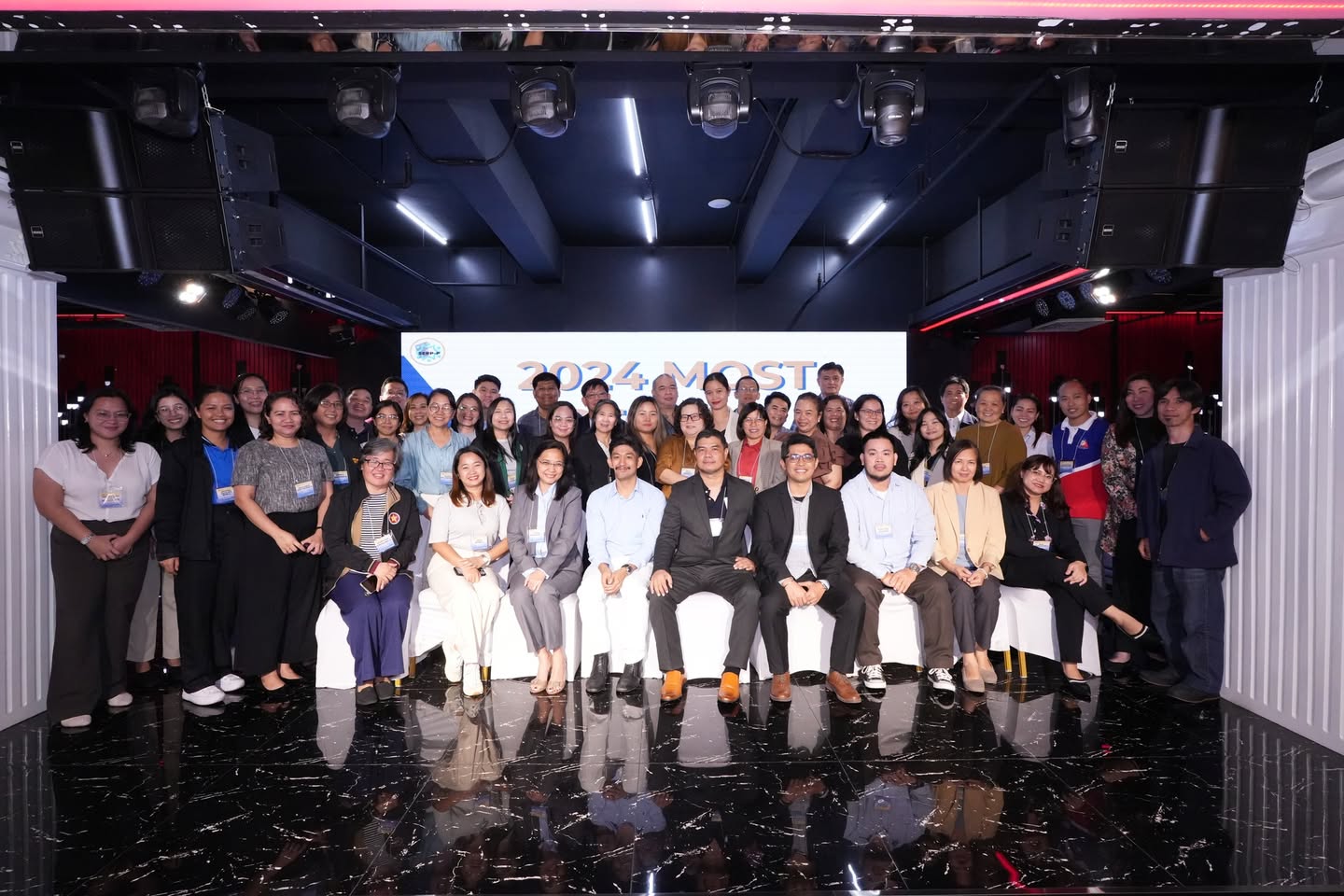The stochastic frontier model with heterogeneous technical efficiency explained by exogenous variables is augmented with a sparse spatial autoregressive component for a cross-section data, and a spatial-temporal component for a panel data. An estimation procedure that takes advantage of the additivity of the model is proposed, computational advantages over simultaneous maximum likelihood estimation of all parameters is exhibited. The technical efficiency estimates are comparable to existing models and estimation procedures based on maximum likelihood methods. A spatial or spatial-temporal component can improve estimates of technical efficiency in a production frontier that is usually biased downwards.
Citations
This publication has been cited 12 times
- Bergantino, Angela Stefania, Mario Intini, and Nicola Volta. 2021. The spatial dimension of competition among airports at the worldwide level: A spatial stochastic frontier analysis. European Journal of Operational Research, 295, no.1, 118-130. Elsevier.
- Bergantino, Angela Stefania, Mario Intini, and Nicola Volta. 2020. Spatial competition and efficiency: an investigation in the airport sector. The Warwick Economics Research Paper Series (TWERPS) 1287. University of Warwick, Department of Economics.
- Canello, Jacopo and Francesco Vidoli. 2019. Investigating space‐time patterns of regional industrial resilience through a micro‐level approach: An application to the Italian wine industry. Journal of Regional Science, 60, no. 4, 653-676. Wiley Blackwell.
- Christophe, Adjin, K. and Christian H. C. A. Henning. 2020. Climate variability and farm inefficiency: A spatial stochastic frontier analysis of Senegalese agriculture. Working Papers of Agricultural Policy WP2020-09. University of Kiel, Department of Agricultural Economics, Chair of Agricultural Policy.
- Faria, Samuel et.al. 2020. Transient and persistent efficiency and spatial spillovers: Evidence from the Portuguese wine industry. The Warwick Economics Research Paper Series (TWERPS) 1287. University of Warwick, Department of Economics.
- Gadanakis, Yiorgos and Francisco José Areal. 2020. Accounting for rainfall and the length of growing season in technical efficiency analysis. Operational Research, 20, no. 4, 2583-2608. Springer.
- Graaff, Thomas. 2020. On the estimation of spatial stochastic frontier models: an alternative skew-normal approach. Annals of Regional Science, 64, no. 2, 267-285. Springer: Western Regional Science Association.
- Pavlyuk, Dmitry. 2011. Efficiency of broadband internet adoption in European Union member states. MPRA Paper 34183. University Library of Munich, Germany.
- Pavlyuk, Dmitry. 2010. Regional tourism competition in the Baltic states: A spatial stochastic frontier approach. MPRA Paper 25052. University Library of Munich, Germany.
- Pavlyuk, Dmitry. 2010. Spatial competition and cooperation effects on European airports' efficiency. MPRA Paper 25050. University Library of Munich, Germany.
- Vidoli, Francesco and Jacopo Canello. 2016. Controlling for spatial heterogeneity in nonparametric efficiency models: An empirical proposal. European Journal of Operational Research, 249, No. 2, 771-783. Elsevier.
- Vidoli, Francesco et.al. 2016. Spatial nonstationarity in the stochastic frontier model: An application to the Italian wine industry. Regional Science and Urban Economics, 61(C), 153-164.. Elsevier.











